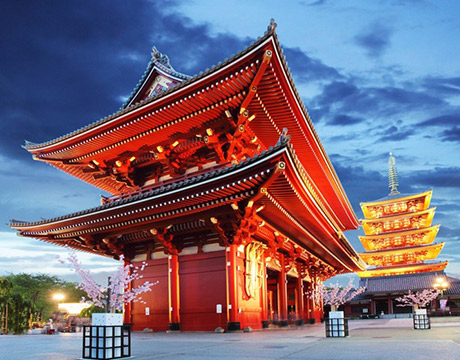The La Brea Tar Pits and Museum
The La Brea Tar Pits and Museum
USA
Los Angeles
Los Angeles Travel Guide
Book Tour & Activities
Your tour in Los Angeles.
Book your stay
Your hotel in Los Angeles.
Overview
La Brea Tar Pits are a group of tar pits around which Hancock Park was formed in urban Los Angeles. Natural asphalt has seeped up from the ground in this area for tens of thousands of years. The tar is often covered with dust, leaves, or water. Over many centuries, the tar preserved the bones of trapped animals. The George C. Page Museum is dedicated to researching the tar pits and displaying specimens from the animals that died there. La Brea Tar Pits is a registered National Natural Landmark.
La Brea Tar Pits are a group of tar pits around which Hancock Park was formed in urban Los Angeles. Natural asphalt has seeped up from the ground in this area for tens of thousands of years. The tar is often covered with dust, leaves, or water. Over many centuries, the tar preserved the bones of trapped animals. The George C. Page Museum is dedicated to researching the tar pits and displaying specimens from the animals that died there. La Brea Tar Pits is a registered National Natural Landmark.
Formation
Tar pits are composed of heavy oil fractions called gilsonite, which seeps from the Earth as oil. In Hancock Park, crude oil seeps up along the 6th Street Fault from the Salt Lake Oil Field, which underlies much of the Fairfax District north of the park.[2] The oil reaches the surface and forms pools, becoming asphalt as the lighter fractions of the petroleum biodegrade or evaporate. The asphalt then normally hardens into stubby mounds. The pools and mounds can be seen in several areas of the park.
The tar pits visible now were all created by human excavations: the lake pit was originally an asphalt mine; and the other visible pits were produced as a result of explorers excavating more than 100 sites between 1913 and 1915 in search of large mammal bones. (Since then, these excavations have gradually been filled in by an accumulation of asphaltum, dust, leaves, and water, but the tar pits they produced remain.)
This seepage has been happening for tens of thousands of years, during which the asphalt sometimes formed a deposit thick enough to trap animals. The deposit would become covered over with water, dust, or leaves. Animals would wander in, become trapped, and die. Predators would enter to eat the trapped animals and would also become stuck. As the bones of a dead animal sink, the asphalt soaks into them, turning them dark-brown or black in color. Lighter fractions of petroleum evaporate from the asphalt, leaving a more solid substance, which then encases the bones. Dramatic fossils of large mammals have been extricated from the tar, but the asphalt also preserves microfossils: wood and plant remnants, rodent bones, insects, mollusks, dust, seeds, leaves, and even pollen grains. Examples of some of these are on display in the George C. Page Museum. Radiometric dating of preserved wood and bones has given an age of 38,000 years for the oldest known material from the La Brea seeps. The pits still ensnare organisms today, so most of the pits are fenced to protect humans and animals.
Address: 5801 Wilshire Blvd, Los Angeles, CA 90036, United States
Departments: La Brea Tar Pits Museum Parking
Elevation: 50 m
Tickets: $6–15 · tarpits.org
Designated as world heritage site: 1964
Phone: +1 213-763-3499
Video Travel Inspiration
See The La Brea Tar Pits and Museum on Map
Most Popular Cities

Siem Reap
Cambodia
Ho Chi Minh City
Vietnam
Beijing
China
Paris
France
London
United Kingdom
New York
USA
Tokyo
Japan
Bangkok
Thailand
Seoul
South Korea
Vientiane
Laos
Yangon
Myanmar
Washington DC
USA
Los Angeles
USA
Ottawa
Canada
New Delhi
India
Singapore
Singapore
Kuala Lumpur
Malaysia
 English
English French
French Khmer
Khmer Thai
Thai Vietnamese
Vietnamese Chinese
Chinese Korean
Korean German
German Japanese
Japanese Italian
Italian Russian
Russian Spanish
Spanish Dutch
Dutch Indonesian
Indonesian Malay
Malay





































